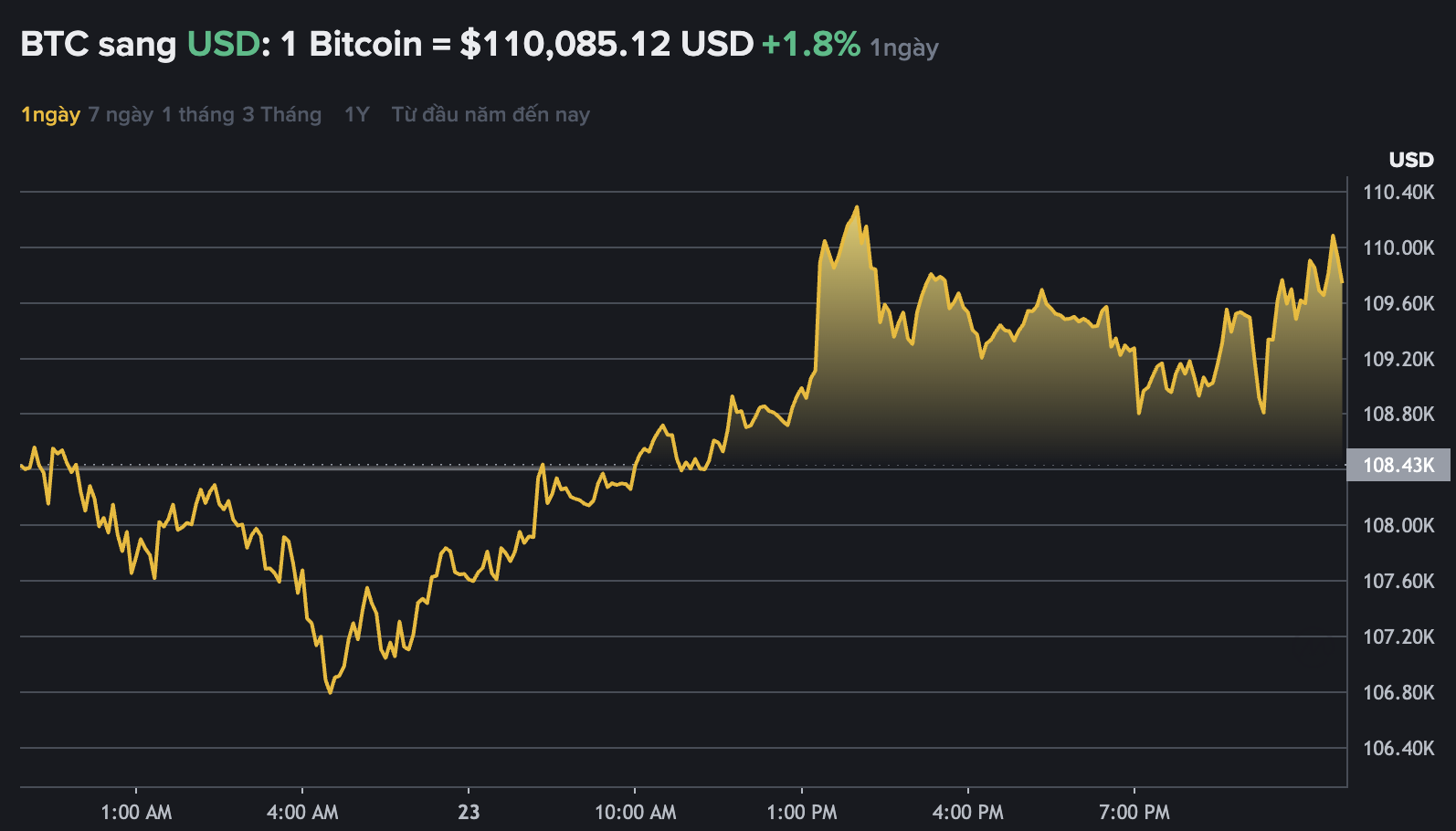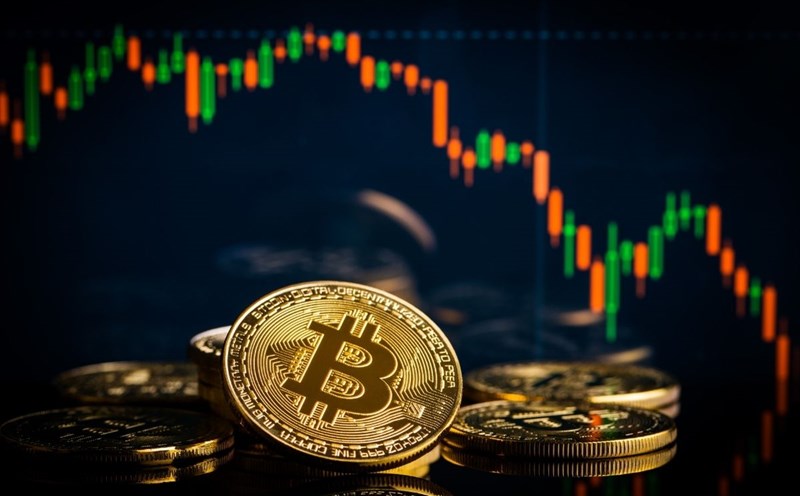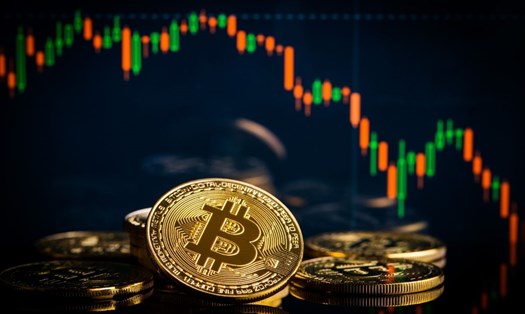Bitcoin price: Continuously fluctuating
Early this morning (October 24), Bitcoin - the world's largest cryptocurrency by market value - continued to reverse, increasing by 1.8% to 110,085.12 USD.

This new price contributes to bringing market capitalization to 2,194 billion USD, an increase of 36 billion USD. On the other hand, trading volume in the 24-hour reversal period decreased sharply, currently at 62.12 billion USD, down 42.1 billion USD.
Assessment and forecast
Binance has recorded $5.56 billion in "wallet" transactions with transfers over 1,000 BTC over the past 30 days, of which on October 21 alone, $1.07 billion was transferred to the exchange as Bitcoin increased from 10:00 a.m. to $1113,000 before adjusting again.
This large cash flow raises questions about whether these individuals are hoarding more Bitcoin or depositing it to liquidate the position. At the same time, Binance was accused of coordinating with market maker Wintermute to manipulate cryptocurrency prices, causing liquidations and sell-offs worth $19 billion in the October 10 collapse.
On October 21, there were large large-scale money transfers such as 336.95 million USD at 6:00 p.m., 323.43 million USD at 10:00 and 162.24 million USD at 8:00 a.m.
At the same time, 1.83 billion USD of Bitcoin was transferred from wallets related to the Chinese mining group LuBian, marking the second largest transfer in two weeks of the entity involved in the largest Bitcoin theft to be confirmed.
Analyst martyrsP Party accused Binance, through creator Wintermute, of manipulating cryptocurrency prices, causing $19 billion in retail liquidation on October 10 but not being handled.
A X user named 941 explained the October 10-11 collapse as "due to limited control of withdrawals and profits from commissions, and recorded internal profits and losses". Accordingly, exchanges can "apply liquidations, slow down withdrawals, record internal losses, and make profits at extremely large trading levels".
Geopolitical theory believes that if the US uses mining capacity and Bitcoin as collateral for Treasury bonds, "the USD will return as a currency supported for energy, but as a calculation energy instead of oil."
This is a challenge for China's BRICS commodity payment model, based on gold and digital currencies.
This expert commented that China will find it difficult to stop the activities of US cryptocurrency mining or ETF capital flows, but can attack the "vedeo" through international exchanges such as Binance, Bybit, hyperliquid, which have deep liquidity but lack control of the US.
Binance's outflows data from CryptoQuant shows that the 30-day average is still quiet, meaning investors are withdrawing assets from the exchange and saving them separately.
However, at the same time, the whale cash flow into 5.56 billion USD created a big conflict.
The daily spot Bitcoin trading volume on Binance ranges from 3-5 billion USD from the beginning of 2025, but from October 10 it increased to 5-10 billion USD per day.
Bitcoin's MVRV also fell below the 365-day average, with previous historical declines all indicating a local bottom.
Chart analysis shows that Bitcoin is going through an accumulation phase according to the Wyckoff model with the following steps: Peak selling price at 106,000 USD, "spring" phase decreasing to 102,000 USD and current "testing" phase.
Bitcoin is testing a support zone around $112,000, accumulating around $105,000 - $115,000, between two uncovered zones at $92,000 and $116,000 on CME futures contracts.
If it stays above 108,000 USD and creates a stable price foundation, the next target is 117,000 USD and can increase to nearly 126,000 USD if the upward momentum recovers. Conversely, if it falls below 106,000 USD, the upward scenario will be denied and could fall further to the 92,000 USD area.
Bitcoin is now likely to make a clear breakthrough in one of the above two directions in the next few weeks.
In Vietnam, Bitcoin and other cryptocurrencies have not been recognized as a legal payment method and are not protected by law. Investors need to be cautious, avoiding risks from strong price fluctuations and fraud related to cryptocurrency.











